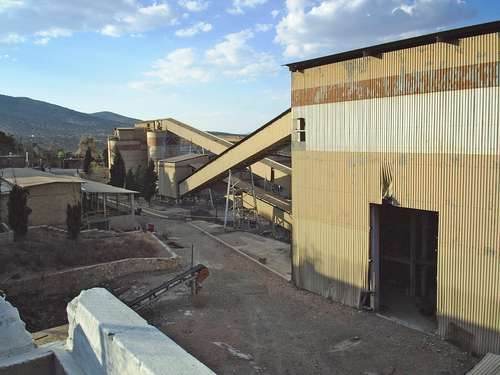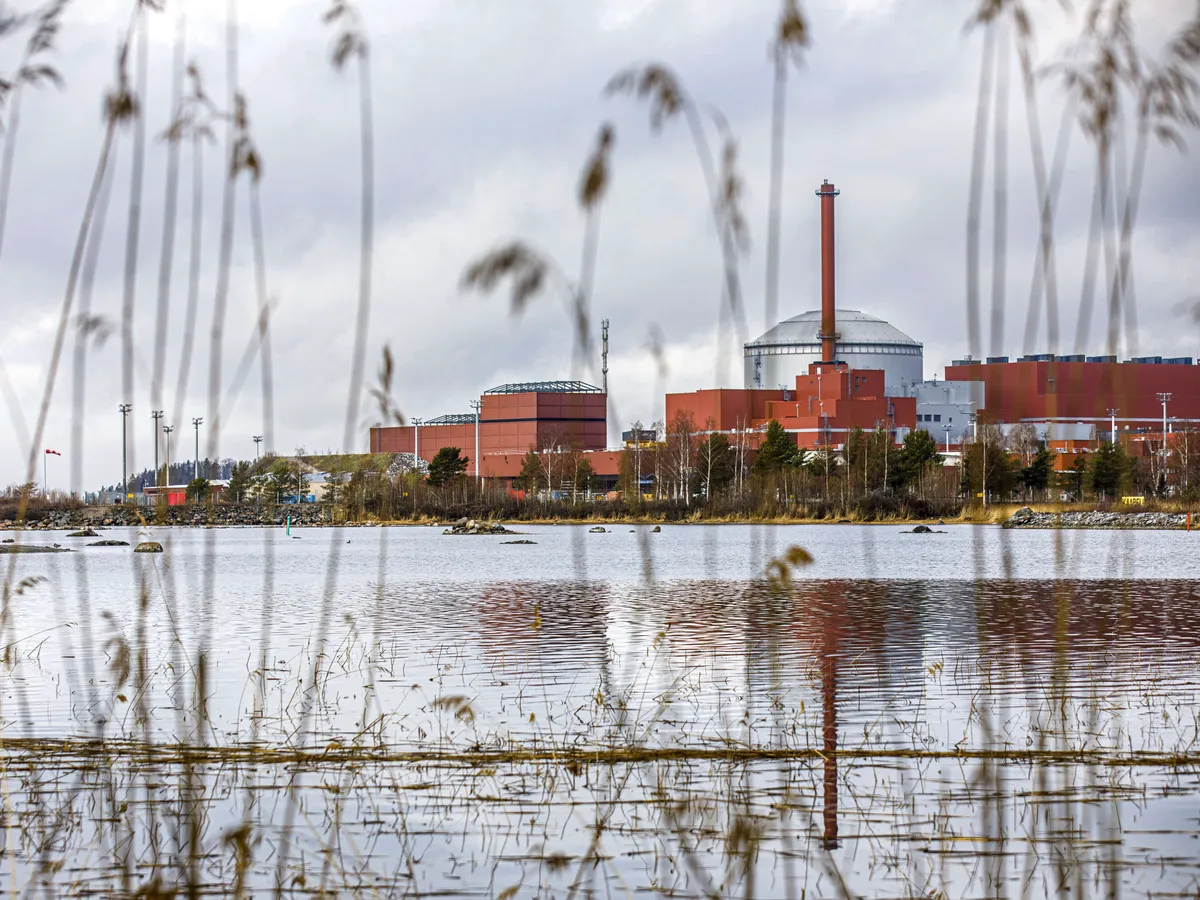Austria’s unemployment rate has surged by double digits in March, with the number of unemployed reaching its highest point in months. At the end of the month, 369,640 people were registered with the Employment Service (AMS), which was an 11 percent or almost 36,000 people increase from a year ago.
The AMS boss, Johannes Kopf, expressed his concern over the negative trend, especially since Easter Sunday fell within the reporting period, typically a favorable time for employment. He believes that Austria is still clearly in a recession and that there may not be a rapid recovery in terms of reducing unemployment.
The increase in unemployment was most significant in the construction (+21.7 percent) and industry sectors (+20.3 percent), with men and younger people being more affected. Labor Minister Martin Kocher acknowledged the challenges in the current economic environment, with the unemployment rate at 6.2 percent a year ago.
The Chamber of Labor (AK) highlighted the rising long-term unemployment rates, particularly affecting those with health issues and the elderly. AK boss Renate Anderl emphasized the need to prevent unemployment from leading to poverty, especially due to the lack of adjustments in benefits over time.
While there was an increase in employment among older workers aged 60 and over, opposition parties SPÖ and FPÖ criticized the government for the rise in unemployment figures. The discussions around the reasons for the increase in unemployment and the need for policy action continue among various stakeholders in Austria.
In conclusion, Austria’s employment situation remains bleak as job losses continue to rise across various sectors. The government needs to take immediate action to address this crisis before it leads to long-term economic damage.
As reported by journalists around Austria, many are concerned about this issue as it affects not only individuals but also their families and communities.
Therefore, it is crucial that stakeholders come together to find solutions that will help Austrians overcome this crisis while also ensuring sustainable economic growth for generations to come.
In summary, Austria’s economy is facing a challenging time as job losses continue to rise across various sectors. The government needs to take immediate action to address this crisis before it leads to long-term economic damage.


